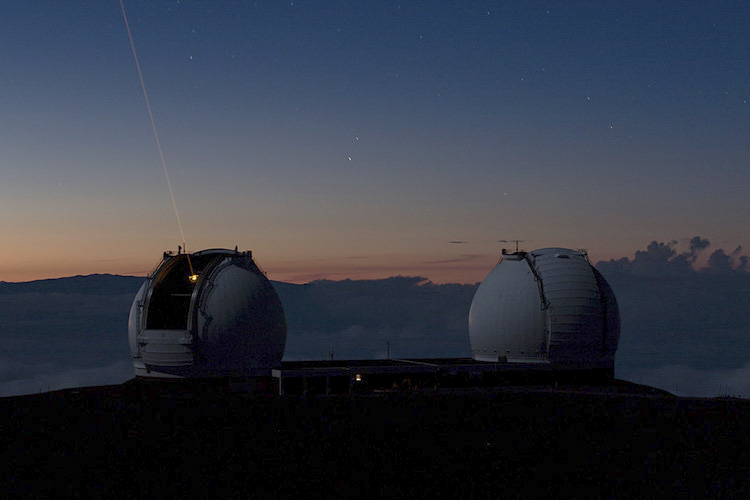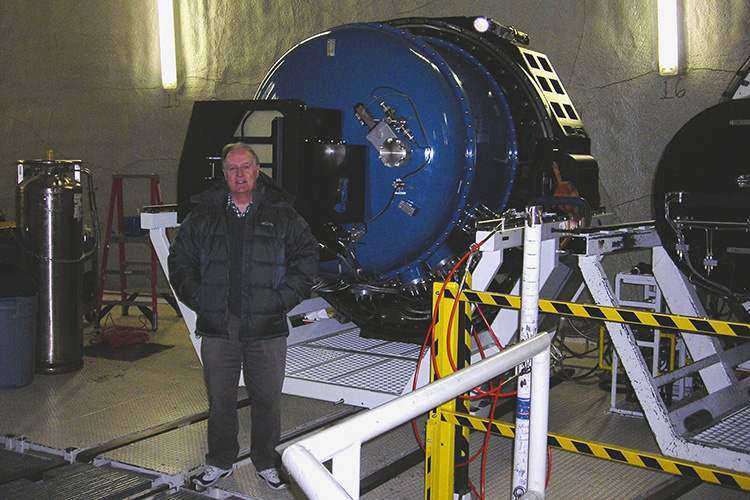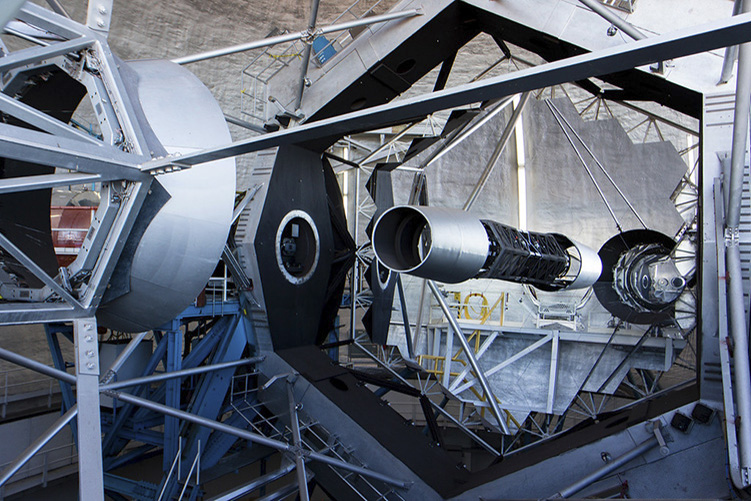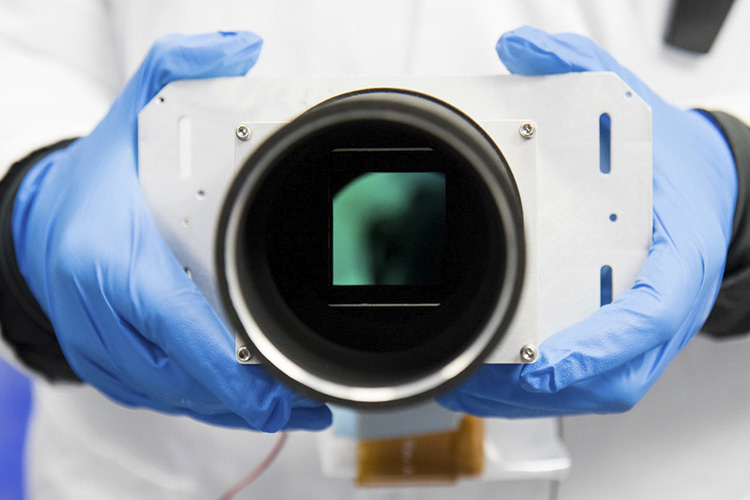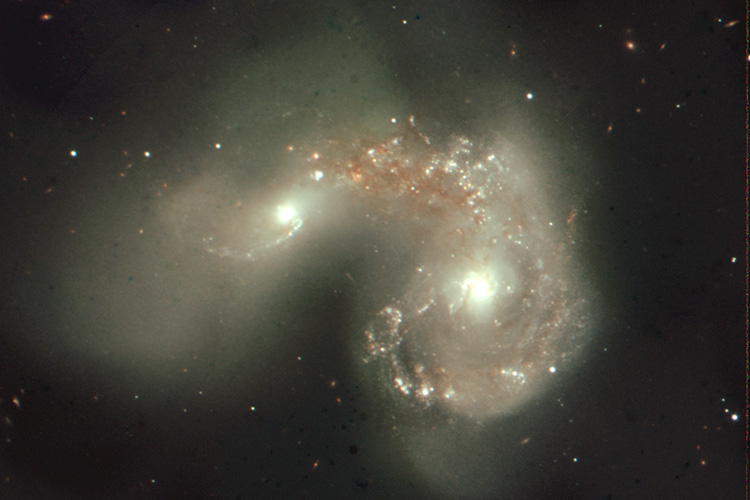UCLA Infrared Lab
A Message from Lab Founder, Professor Ian McLean
When we joined the faculty at UCLA in the Fall of 1989, Eric Becklin and I initiated the Infrared Laboratory from scratch, with the specific intention of supporting infrared astronomy in the "era of the Keck 10-meter telescopes". With the delivery of NIRSPEC in 1999 that goal was achieved. When we were joined by James Larkin in 1997 we also began to develop diffraction-limited instruments culminating in the delivery of OSIRIS in 2005. We were joined by Michael Fitzgerald in 2010, and we delivered FLITECAM to NASA in 2011, MOSFIRE to Keck in 2012, and GPI to Gemini South in 2013. Over the past few years we have delivered upgrades to both NIRSPEC and OSIRIS. Today, we look forward to the era of Next Generation Adaptive Optics and Extremely Large Telescopes (ELTs) with our development of IRIS and Liger.
The last thirty years has been a very exciting time for infrared astronomy. Spurred by the development of tiny, solid-state imaging devices called infrared arrays, infrared astronomy has undergone a revolution. Astronomers can now obtain electronic images of stars too cool to emit much normal light or too heavily enshrouded in gas and dust for normal light to escape. Moreover, with the advent of adaptive optics, infrared images can now be obtained at the diffraction limit of the Keck 10-m telescope thus revealing exquisite detail in these hidden regions.
Some of the instrumentation we use and some of our results are included with this home page. For more information you can read about the most recent exploits in this field in the popular articles or the conference proceedings given below, or by using the links we have provided to other sources.
Laboratory Goals
Advance the techniques and applications of infrared imaging devices for astrophysics.
Design, develop and support infrared cameras and spectrometers, and train students in astronomical instrumentation.
Support observational programs to study key topics including brown dwarfs and planets, star formation, the Galactic Center, and the formation and evolution of galaxies.

